How to glue skirting boards to the ceiling?

Today skirting boards are often glued to the ceiling. It is not at all difficult to screw it on, and the ceiling covering with a plinth looks more stylish. But it is necessary to file it down, dock it correctly and stick it on. Such repairs will not take much of your time.
Peculiarities
Ceiling skirting boards, they are also fillets, baguettes and moldings, are used for:
- concealment of defects in the connection of the wall and ceiling. After all, it is much easier to glue the fillet than to align the corners;
- decor of the beveled line of wallpaper;
- smoothing corners in order to transform the room;
- hiding wires and other communications.
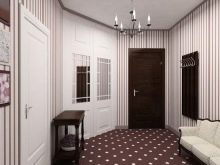
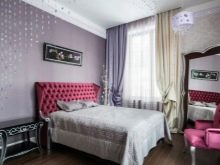
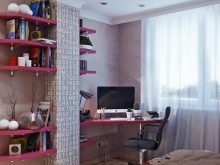
Modern skirting boards are made of various materials, but regardless of this, the length is standard for all types - two meters, therefore, with a greater distance of the curb, it is necessary to join the strips.
Gluing ceiling plinths is not at all as easy as it might seem at first glance. If you do not take into account the peculiarities of the material, the adhesive composition, the neat and correct cutting of the strips has not been made, then the result can be disastrous.: parts will fall off, crevices will appear in the joints, uneven corners will cut the eye. It is not difficult to glue on straight sections; beginners, as a rule, have difficulties when working with corners.

Views
Today the skirting board market is full of offers from budget foam to luxury wood.
Styrofoam skirting boards lightweight, they are distinguished by ease of installation. Their price is low, however, its domain structure belongs to the disadvantages of foam plastic. A simple knife is suitable for cutting it. However, it should not be blunt, otherwise, instead of cutting, it will push through the foam, round particles will break out. During installation, you must be careful, since you can crush the surface by pressing firmly with your finger. After gluing, the foam must be putty and painted so that grooves do not remain on the surface, which will gradually become dirty with dust. This material is soft and cannot be washed.
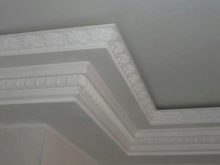

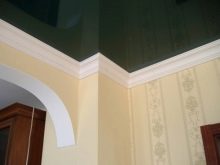
Styrofoam skirting boards usually slightly more expensive than Styrofoam. They are lighter and more flexible and have a smoother surface. You also need to saw it with a sharpened knife. You can not do painting, but just cover up the joints. Also, expanded polystyrene is stronger - it will not work to crumple its surface with ordinary pressure. The skirting boards are easy to clean with plain water.
This material is quite flexible - a 2 meter long skirting board bends at right angles, which is great for framing drywall on the ceiling.
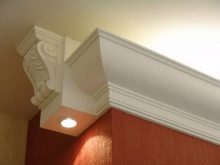
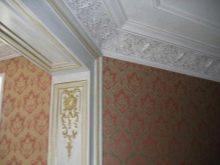

Modern manufacturers make baguettes from duropolymer - the same expanded polystyrene, additionally processed under high pressure. Thanks to this treatment, its strength is increased.
Polyurethane skirting boards are particularly durable. They do not create dust, are easy to clean and undemanding to care for. In addition, they can be used at high humidity, that is, in bathrooms, kitchens. This type of fillets can be painted without problems. But its main advantage is flexibility. You have to try very hard to break such a plinth, moreover, it does not crumble. Flexibility is essential when framing curved plasterboard structures. Also, polyurethane adheres well to many types of glue.
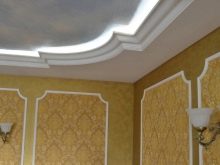
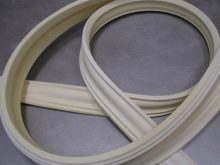
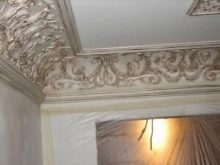
PVC skirting boards there are a variety of shapes, textures and colors. They have such advantages as lightness, strength and different prices. However, they do not bend, as a result of which they are more demanding on the surface.It should be perfectly flat. You will need a hacksaw for cutting, since a simple knife is indispensable here.

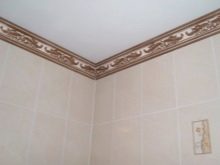

Plaster skirting boards - a good option for classic interiors, since gypsum is very plastic and any sophisticated decorative surfaces are made from it. They are also durable and environmentally friendly. The disadvantages include fragility and high price.
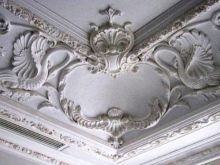
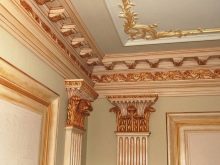
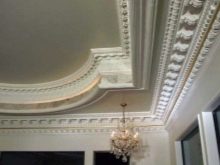
Wooden skirting boards much more expensive and more difficult to assemble than previous types. However, the appearance is much more solid and richer. Docking them is much more difficult: you will have to cut it with a hacksaw with fine teeth, and then adjust it with a file. It is impossible to make mistakes in this case, since the putty will no longer help.
Attaching them to the ceiling is also more problematic: the glue will not withstand the wood alone, so you must first drill the holes for the fasteners, and then fix the fillet itself... There is another drawback - the tree rots, and if there is a danger of flooding by neighbors, then it is better to choose a plastic border.
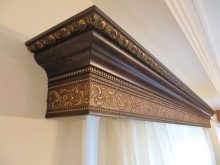
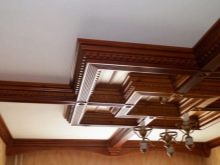
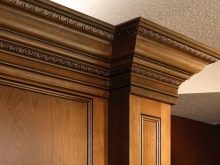
Adhesive selection
Having chosen fillets, you can stick to the selection of an adhesive composition. First of all, pay attention to the glue recommended by the manufacturer. However, you must also choose it taking into account the presence or absence of wallpaper.
There are different types of adhesives today. For our task, the following are suitable:
- Universal substances Are viscous transparent solutions that solidify for a long time.
The most running are called "Titanium"... The range of application of this glue is extensive, it is also suitable for fillets. It is transparent and colorless, there are no fillers in the composition. The adhesive is composed of polymers. Works well with styrofoam. Moderately toxic and safe for the skin.
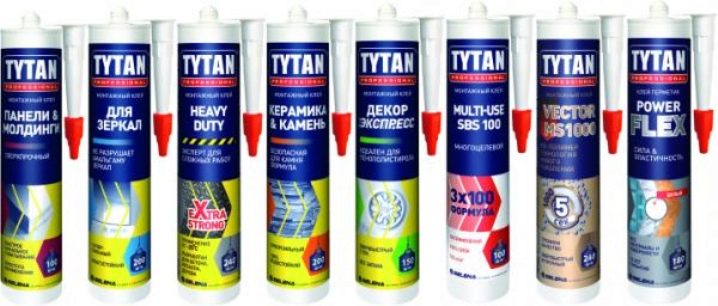
Another representative of the station wagon class - Eco-Set... It is generally similar to the Titan. The problem with these adhesives is the inconvenience associated with long hold times. Here can come to the rescue "Moment"... It has similar characteristics, but solidifies immediately. The disadvantage of this glue is its price.
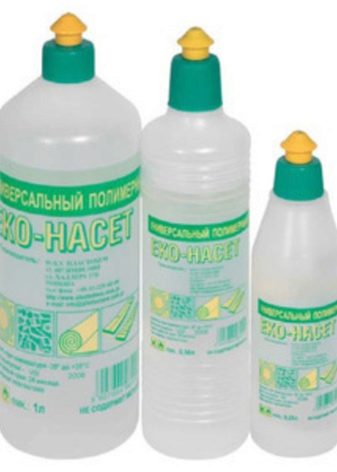
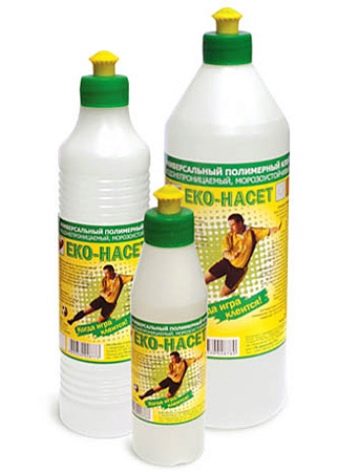
- Liquid Nails - a fairly convenient practical composition, produced in the form of tubes for construction guns. Many professionals prefer liquid nails. There are acrylic and neopropylene liquid nails. The former emit a mild odor, harmless to health, and are unsuitable for work in the cold. The latter are perfect for rooms and areas with high humidity. The room temperature does not play any role when working with neopropylene.
Professionals do not recommend using liquid nails for gluing foam and polystyrene baseboards.



- Acrylic sealant - a universal option, suitable even for uneven walls, because the cracks can be sealed with the same sealant.
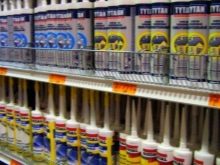
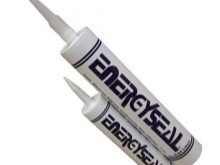
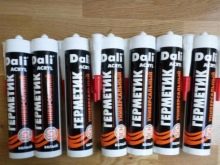
- Adhesive putty - homemade composition of dry putty, PVA and water. The process of making such glue begins with the fact that the putty is poured into a container together with PVA glue in a ratio of 4 to 1, that is, 4 parts of putty and 1 part of PVA glue. After that, everything is mixed with a gradual, uniform addition of water. As a result, a mixture is formed that is homogeneous and thick in consistency. Then, for about ten minutes, this mixture is infused and mixed again. After two hours, the solution is ready. The main thing is to make sure that there are no clots in it and that it is completely homogeneous.
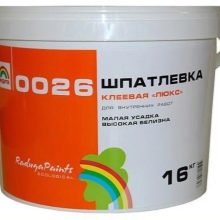
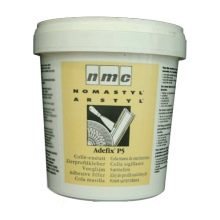
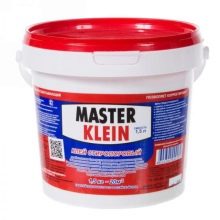
Preparation
Fillets are often glued over the wallpaper, in which case it is imperative to make sure that they are glued reliably and adjust it to the standards. Then you need to start preparing the surface. It should be free of moisture, grease stains, it should be clean. It is necessary to inspect and check it for mechanical defects and irregularities, cut out all defects. If there are any, then everything must be done to eliminate them, otherwise the planks will not press down and the skirting boards will bend.
One of the problematic points is trimming the skirting board from the end... Each fillet plank should be docked with the adjacent one in the corner of the room at exactly a 45 degree angle.To solve this problem, you need a miter box. It has slots at different angles - from 45 to 90 degrees. It is necessary to insert the molding into the miter box at an angle of 45 degrees and cut off with a knife, then smooth the ends. The lower edge of the fillet should be firmly pressed against the miter box, and the upper part should be held by hand. First you need to start cutting out the corners, and only then start adjusting the footage.
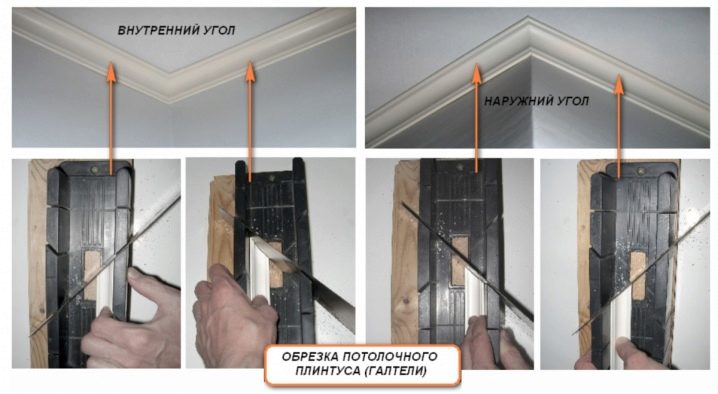
By the way, you can not buy the wort in a hardware store, but make it yourself from improvised means, since this is a very primitive tool. You just need to put together a couple of boards at the right angle and cut out in the right place. Having made such a miter box, you can cut the planks directly on the weight, pressing the plank against the boards.
If you cut the corner incorrectly, you have to cut it again, so the bar will become shorter, that is, there will be a gap in the ceiling. In order to facilitate the whole process, you can buy special corners that are placed on top right at the docking point. However, they are quite expensive.
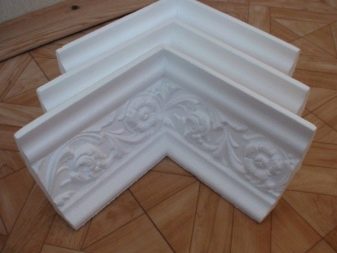
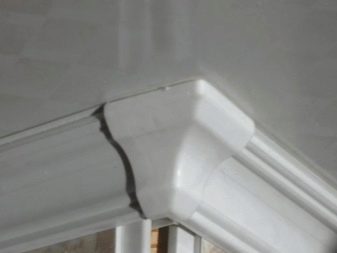
So, the following tools are needed:
- a hacksaw for metal, a clerical or construction knife will help cut the material;
- pencil and ruler;
- miter box;
- brush, spatula and mixing container (when using putty);
- rags and brushes to moisten the ceiling when applying putty;
- stepladder or some other support.


How to glue?
Skirting boards are glued in two ways: over the wallpaper or before gluing the wallpaper onto a leveled primed surface. The second method is priority, but more labor-intensive. When replacing the wallpaper in the second case, it will not be necessary to re-install the fillet. Also, if the walls are uneven, then it will be much more difficult to seal the holes. So it is better to start gluing wallpaper only after installing the ceiling plinths.
First you need to choose a place for gluing the first element. It is preferable to start at the corners and then work towards the perimeter. There will be no problems with straight sections around the perimeter if everything is in order in the corners.
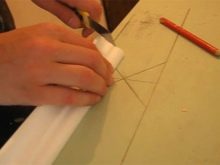

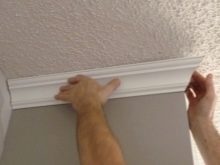
If you have a stretch canvas installed, then the skirting boards need to be glued only to the walls. It is advisable to close the cloth before this with polyethylene.
The rest of the process is the same as described above. However, when choosing skirting boards, one must be guided by the specifics of fastening the canvas. The main requirement for baguettes installed in a room with a stretch ceiling is that the lower part is much wider than the upper one. Wooden skirting boards paired with a stretch panel are excludedas the surface may be damaged.
If you are going to install lighting in the ceiling plinth, then the main thing before gluing the plinth is to start laying the wire, otherwise there are no differences.

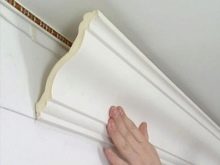
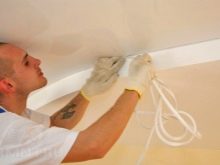
You need to approach the gluing, making sure your hands are clean, so as not to stain the white baseboards. A thin strip of glue is applied with a gun or a spatula to the back of the fillet, the one that will be pressed against the ceiling and wall. In the version with a stretch ceiling, it is applied only to the lower one, adjacent to the wall.
After directly gluing the skirting board, you need to wait a little, then press it to the right place. Part of the glue will protrude from under the strip, it must be removed with a dry cloth. For gluing, the trimmed piece of the skirting board must be used so that it duplicates the cut profile. It is necessary to repeat this technology to the end.
After gluing, you may find gaps and holes between the planks. They are removed with a white sealant.... Perhaps you have not yet whitewashed and painted the ceiling, in which case you need to run through the glued strips with a putty. It is necessary to coat the strips with paint, and after they dry, remove the excess with fine sandpaper or a plaster sponge. After that, the ceiling will merge with the strips into a single whole and the gaps are guaranteed to disappear.
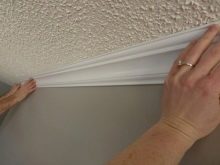

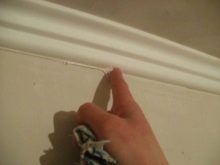
Also, after gluing and eliminating defects, you can paint the skirting boards.Painting is generally optional, but for greater visual appeal, it's still worth doing. Moreover if the plinth is white, then it is necessary to paint, otherwise over time it will gradually acquire a shade of unpleasant yellowness... For this, water-based, latex and acrylic dyes are usually used. Or you can use nitro paint, but in this case, the surface of the planks will have to be primed.

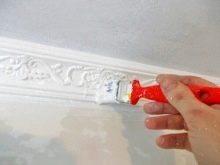
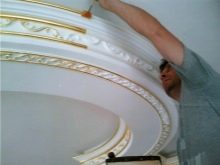
It is better to paint moldings not immediately after installation, but somewhere in a day.
Applying skirting boards is not a very difficult process. Even a non-professional master can attach it. The main thing is to glue and connect the joints well.
For a detailed master class on gluing a ceiling plinth, see the following video.
Tips & Tricks
When choosing the material, size and shape of the fillet, first of all, it is necessary to focus on the general appearance of the room. It is advisable to combine the elements of the interior with respect to each other, avoiding the overtly cutting eyes of the contrast of colors and styles. The shape of the fillet and the elements of its decor should match the design idea on the basis of which the room is decorated..
It is undesirable to purchase classic-style skirting boards with chic stucco moldings for a room with a modern design, or, on the contrary, install a modest nondescript molding on a two-level ceiling in a room decorated with wallpaper with sophisticated pompous patterns and lush classic furniture.
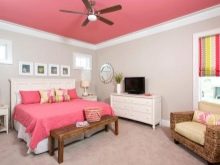

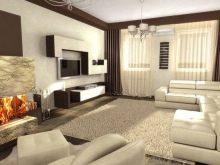
When choosing finishing options, financial capabilities play a huge role. However, due attention should be paid to the fillet installation process, otherwise any expensive products will only spoil the interior with a sloppy look.
It is necessary to take into account the dimensions of the room itself, the height of the ceilings. For a large room, wide fillets are suitable. For rooms with ceilings below 3 meters, such fillets are not suitable.as they will reduce the visible dimensions of the room. The fillet width is from 2 to 7 centimeters.
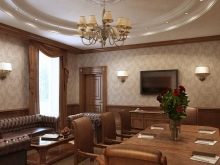
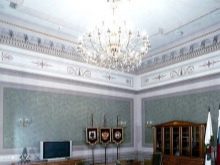
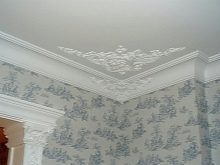
When cutting baguettes, you need to pay attention to the edges - usually the top and bottom sides have different thicknesses. It is preferable to fix the plank protruding to the corner of the baguette after marking and processing the adjacent corner of the next fragment.
To prevent glue from hitting the ceiling, you must not overdo it with its amount. If the budget is not minimal, then pay attention to decorative corners. This will save you time and hassle and add flavor to the room if you choose them with taste.
For stretch ceilings, the strips should be wide... Since the top will not glue, the strip will only stick to the side of the glue.
We figured out the process in stages and in detail, now everything will be clear to the beginner. The main thing is to carefully select and calculate the materials, and then carefully perform all the work.
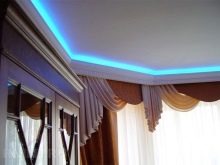
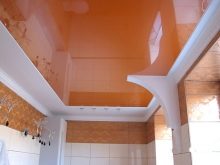
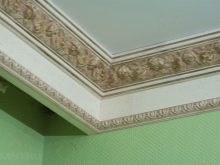













The comment was sent successfully.